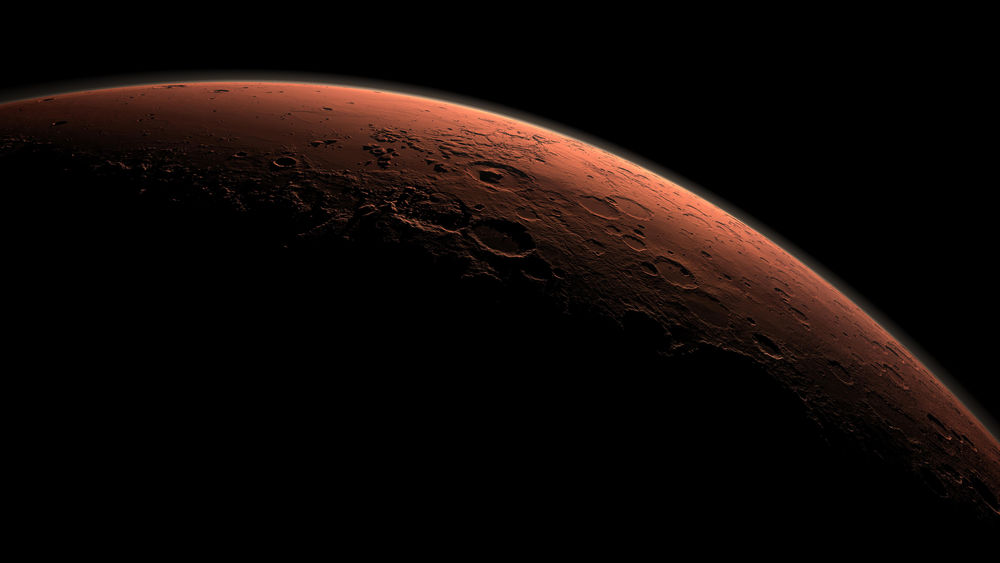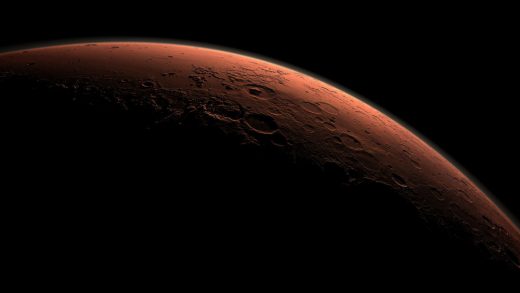NASA Develops A New Chemical Analysis That Could Detect Signs Of Life On Other Planets
NASA Develops A New Chemical Analysis That Could Detect Signs Of Life On Other Planets
Amino acids are the building blocks of life. They create proteins and play an important role in DNA. The presence of amino acids is a clear sign of life, and NASA managed to develop a new type of chemical analysis able to detect the presence of amino acids on other planets.
The test uses capillary electrophoresis, a liquid-based technique, In order to split a mixture of organic molecules into its constituents, looking for amino acids. The newly developed method is 10,000 times more sensitive than the ones used aboard the Curiosity rover, currently exploring Mars.

The process developed by NASA combines a liquid sample with a liquid reagent, followed by chemical analysis. The analysis is performed with a laser, which shines across the sample (a method known as laser-induced fluorescence detection), detecting molecules traveling at different speeds. The molecules get separated based on their response to electric fields.
One of the biggest benefits of the capillary electrophoresis is the simplicity of the process along with an easy way to automate it in order to perform analysis of liquid samples expected of future mission taking place on ocean worlds. In fact, this is the first time for the method to be specifically designed to detect alien life on ocean worlds, according to Jessica Creamer, a postdoctoral scholar at JPL, which developed the method.
She said that “Our method improves on previous attempts by increasing the number of amino acids that can be detected in a single run,” and that “Additionally, it allows us to detect these amino acids at very low concentrations, even in highly salty samples, with a very simple ‘mix and analyse’ process.”
Scientists at JPL tested the process in the Mono Lake in California, known for its salt-rich water, making the lake a challenging place for life to flourish. Since similar, high-alkaline, water environments are expected to be found on Saturn’s moon Enceladus, Jupiter’s moon Europa, as well on Mars, lake Mono presented an excellent testing ground for the scientists.
The examination managed to analyze 17 different amino acids simultaneously, dubbed by scientists as “the Signature 17 standard.” These 17 amino acids were chosen because they are the most common to find here on Earth.
The study was published in the journal Analytical Chemistry, with Peter Willis of JPL, the project’s principal investigator, explaining that “Using our method, we are able to tell the difference between amino acids that come from non-living sources like meteorites versus amino acids that come from living organisms.”
The post NASA Develops A New Chemical Analysis That Could Detect Signs Of Life On Other Planets appeared first on MobiPicker.
(54)


